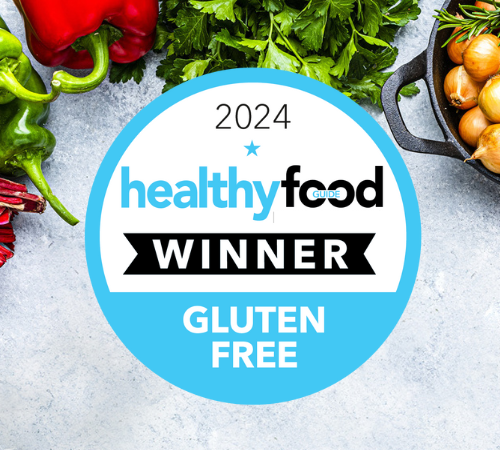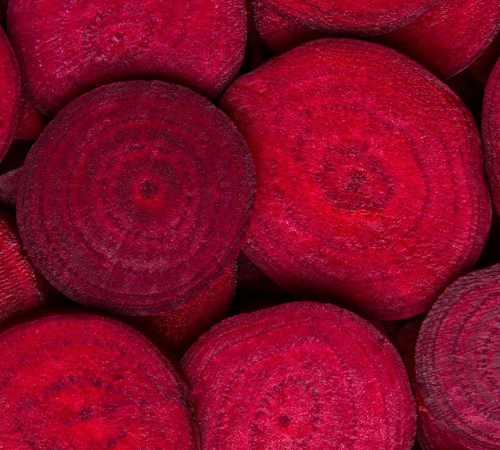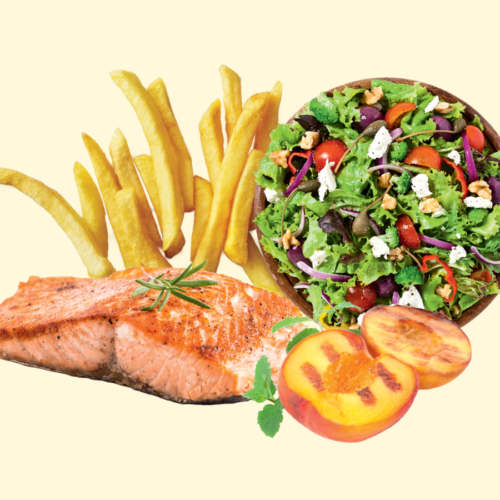
You’re probably used to hearing fresh is best when it comes to eating a healthy diet. But new research suggests eating cultured foods – also known as fermented foods – such as sourdough bread and pickled vegetables could also provide a range of health benefits. Discover six of the best good-for-you fermented foods, here.
A fermented food is one that’s been left to age. Good bacteria and yeast that live on the surface of the food begin to break down the sugars and starches, so when the food is eaten it’s easier for the gut to digest. The action of these microbes also makes it easier for your body to absorb the nutrients in the food.
Here are six good-for-you fermented foods…
1 Cottage cheese
Not just for dieters, this cheese curd product is drained rather than pressed, leaving behind some of the whey, which gives it its characteristically loose texture.
The good stuff: If you’re looking for a low-fat but sustaining food, cottage cheese is a top choice. It’s a great source of protein, provides bone-building calcium and phosphorus, and tops up levels of some B vitamins.
Try it for lunch with oatcakes, as a healthy pancake topping, or with baked sweet potato and beans for a quick, tasty, nutritious lunch. Here’s a recipe using cottage cheese with smoked salmon.
But watch out: ‘Check the salt levels on pack, as well as the fat and sugar contents, as sometimes added ingredients, such as cream and flavour syrups, make cottage cheese less healthy.’
2 Miso and tempeh
Made from fermented soy beans, these ingredients are commonly used in Asian cooking.
The good stuff: Miso and tempeh are a great source of protein, as well as being rich in probiotics and low in fat. They’re versatile, too.
Try making a marinade for meat or fish by combining miso paste with sesame oil, garlic and fresh ginger. And use tempeh in place of meat in stir-fries and Thai curries.
You can find healthy recipes with miso here.
But watch out: These foods can both be high in salt, so check product labels.
3 Yogurt
It’s a staple food, so you may never have thought about your regular pot of yogurt as fermented milk.
The good stuff: As well as being a good source of probiotics, yogurt is a great source of calcium, needed for healthy bones and teeth.
It also provides protein. Greek yogurt has slightly more protein than standard varieties. Keep a pot in the fridge and spoon it over fruit, muesli, cereal or porridge, and add it to cooking as a healthier alternative to cream.
But watch out: Choose the right type of yogurt. Go for low-fat or fat-free traditional strained Greek yogurts to keep the saturated fat content down, and avoid any that contain a lot of added sugar. Always check labels – and be aware that very thick creamy yogurts often contain cream.’
4 Kimchi
Korea’s national dish is made by adding a paste of chilli, garlic and fish sauce to salted cabbage, then leaving it to ferment – sometimes for several months. Sour and spicy, kimchi is now gaining popularity in the west.
The good stuff: Asia’s take on sauerkraut, kimchi provides a big dose of immune-boosting lactobacillus bacteria, as well as fibre. Plus, a study published in Nutrition Research found eating kimchi could help lower cholesterol, body mass index and blood pressure.
Try it in our healthy chicken burger recipe, here.
But watch out: Kimchi can be high in salt, so look for lower-salt varieties. Or make your own so you can be sure of the salt content.
5 Sourdough bread
This is made from a fermented sourdough starter, which gives the bread its distinct flavour.
The good stuff: The acid in the starter breaks down some of the starches in the bread, making it easier to digest. Sourdough is a low-GI bread, compared to white (high GI) and wholegrain (medium GI). Foods with a low GI help you to feel fuller for longer, meaning you eat less, so sourdough bread is a good choice if you’re trying to lose weight. Try it with vegetable soup for a really sustaining lunch.
But watch out: It is still bread, of course, so control your portions and pay attention to what you serve with it. Instead of spreading it with butter, adopt the healthier Mediterranean custom of dipping it in a little olive oil – you’ll get healthy monounsaturated fats instead of saturates, which have been linked to high cholesterol and heart disease.
6 Sauerkraut
This traditional German food literally translates as ‘sour cabbage’. Finely cut cabbage is fermented by various lactic acid bacteria, which give it a longer shelf life and distinctive taste.
The good stuff: Sauerkraut is high in lactobacillus bacteria, which are known to have health benefits. It’s high in fibre, plus a serving counts as one of your five-a-day.
But watch out: Again, check the salt content – it usually has plenty added. It’s traditionally eaten alongside sausages and stew with dumplings, but to make the most of its nutritional benefits, try it with a jacket potato or tuna salad instead.
*Weight-loss results will vary and are down to your individual circumstances and the amount of weight you have to lose.
Article sources and references
- Eun Kyoung Kim, et al. Fermented kimchi reduces body weight and improves metabolic parameters in overweight and obese patients. Nutr Res . 2011 Jun;31(6):436-43. doi: 10.1016/j.nutres.2011.05.011.https://pubmed.ncbi.nlm.nih.gov/21745625/
- Raak C et al. 2014. Regular consumption of sauerkraut and its effect on human health: a bibliometric analysis. Global Advances in Health and Medicine 3:12-8https://www.ncbi.nlm.nih.gov/pubmed/25568828
www.healthyfood.com










